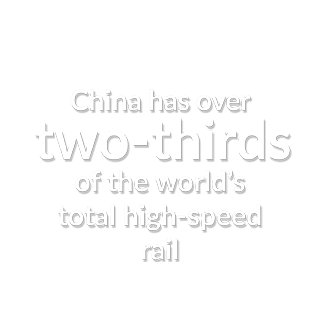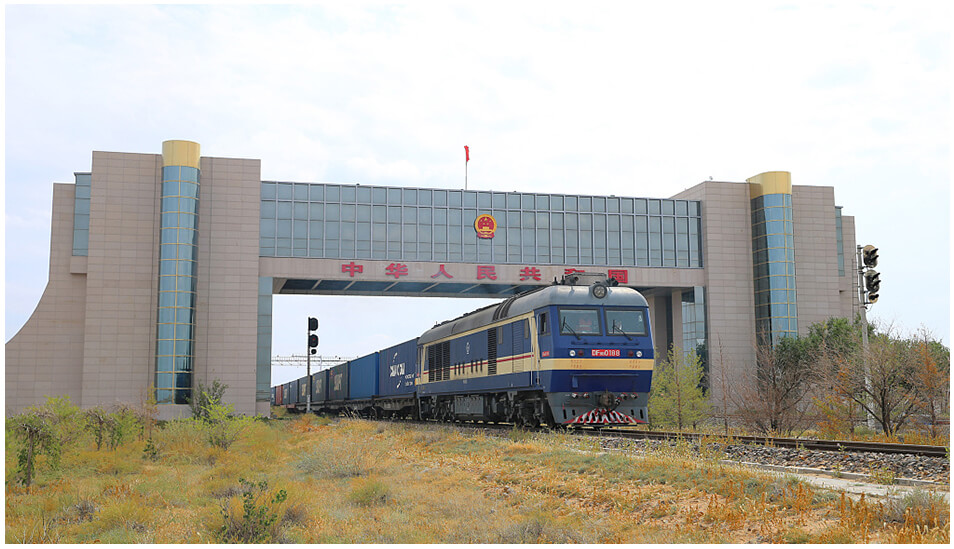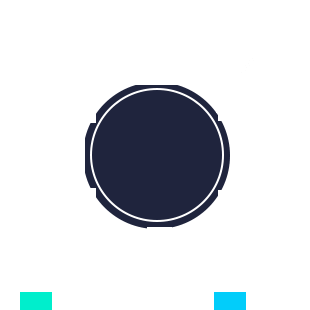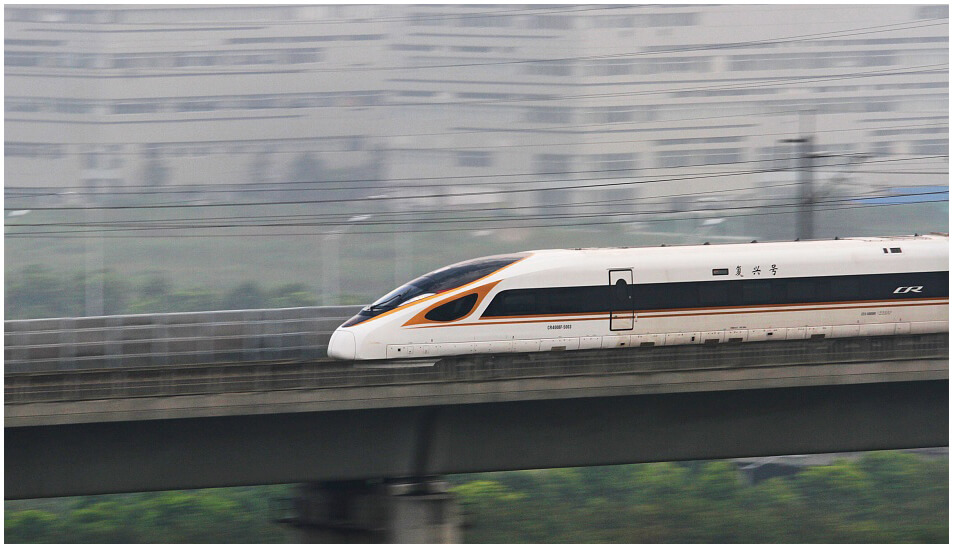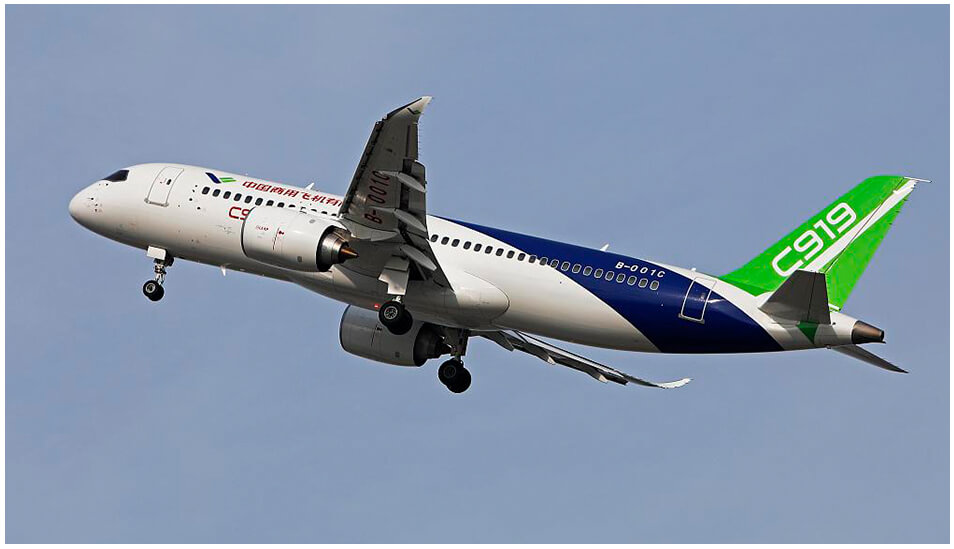NETWORKS
From a completely underdeveloped state in 1949, years of reform and development have produced a comprehensive transport network that is constantly improving.
In 1949, the total railway length was only 21,800 km, half of which was hardly functioning. By the end of 1978, the total railway operational length had reached 52,000 km. By 2018, China had over 132,000 km of railways in operation, five times longer than 1949 and registering an average annual growth of 2.6%.
China’s Total Railway Length
On Aug. 1, 2008, the Beijing-Tianjin high-speed railway, the first such line in the country, went into operation, marking the beginning of a new era in fast rail travel. By the end of 2018, the national high-speed network had reached 29,000 km, more than two-thirds of the world total.




